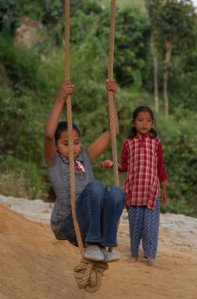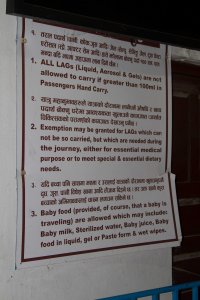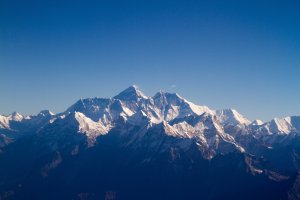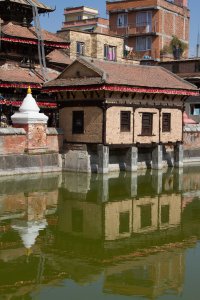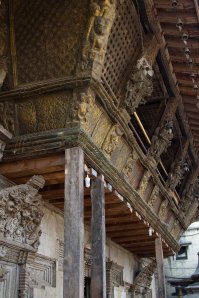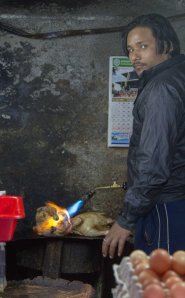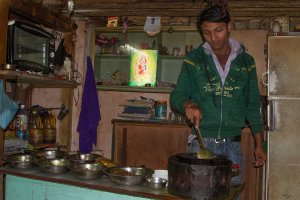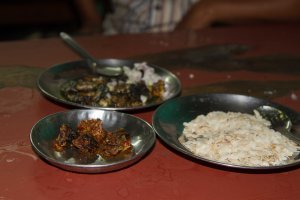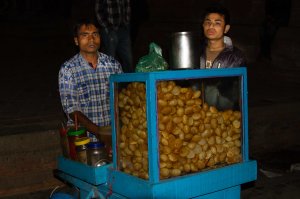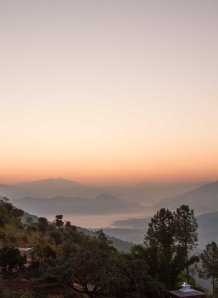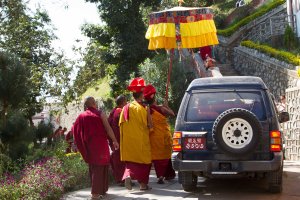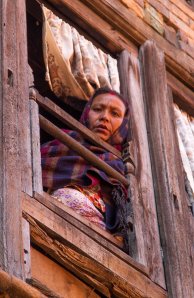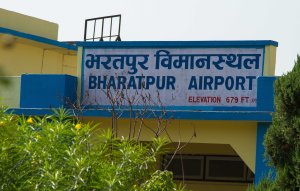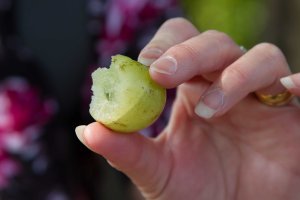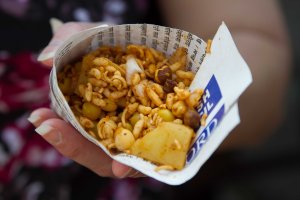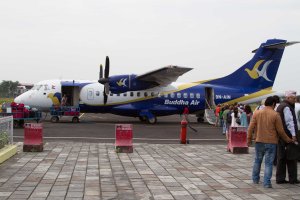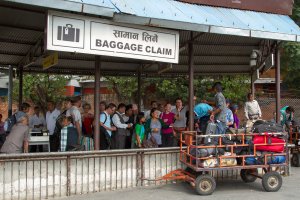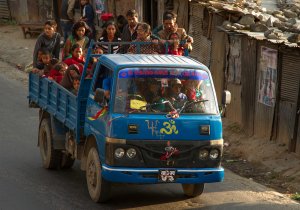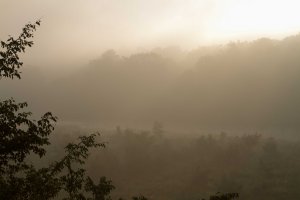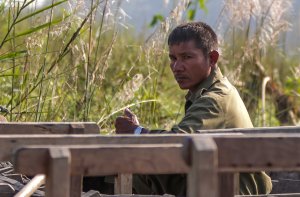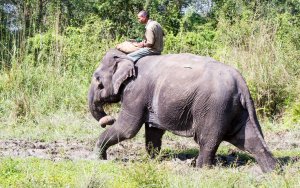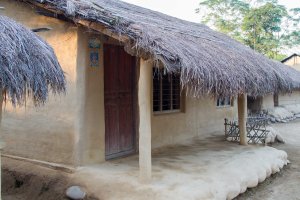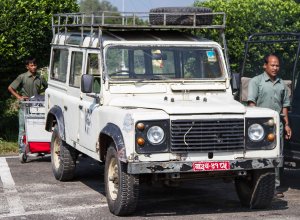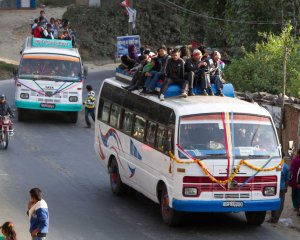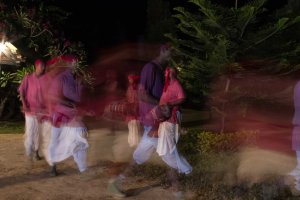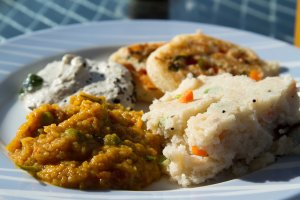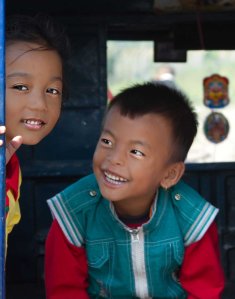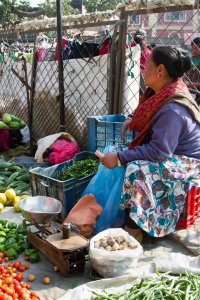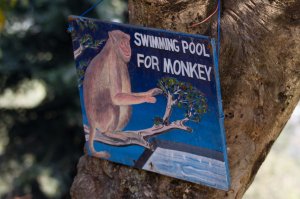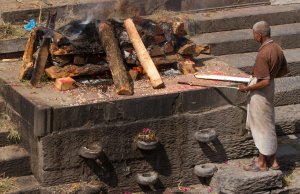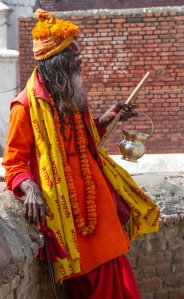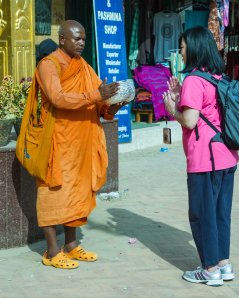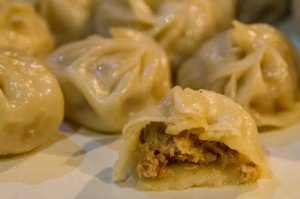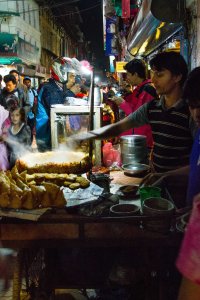I arrived in Kathmandu eight days ago with curiosity and with wanting to learn about its mysticism. After eight days I can only say that it has been a journey of wonder and discovery. A week in Kathmandu has made me fall in love with the place. It is a strange county with so many different ethnic groups. Within a hundred and fifty kilometres from the southern plains of the Terai which is 85 metres above sea level to land rises to over 8,000 metres in the Himalayas. Within that huge rise in altitude, there are all sorts of wonders in the terrain, it’s people and the various food.
The one thing that struck me was the patience people had. A city that I couldn’t figure out if it was being built or being demolished, had over 4 million people. The kind of mad rush I would have expected didn’t exist. Streets do not have traffic lights, where they did, it stopped working 15 years ago, cars and motorcycles share roads and alleyways with rickshaws and pedestrians. The only means of acknowledgement of their presence on the streets is the horn which is constantly blaring. Despite all this I have not seen a single accident or anyone loosing their temper. Road rage just doesn’t exist. My guide tells me “after all, this is the birthplace of Buddha”, which is seen in the everyday lives of the Nepalese.
Everywhere I turn, I see poverty. At least, that’s the way I see it. How else can I put it? Houses look like half built or half completed – which one I can’t tell – no electricity and no running water. Most look like a hole in the wall. Yet, I see happy faces. My guide tells me that they are not poor but contended people. You will never go hungry in Nepal as someone will feed you. There are no orphans in Nepal as someone will always take in the children whose parents have passed on, as if he or she was their own. While I still saw children in the streets, it is nothing like the ones you see in Thailand or India. In the one week, I hardly saw a beggar. Everywhere I went, I saw children so eager for their photos to be taken. Instead of asking for money, they ask for candy. Despite what I perceive as poverty and the dusty and filthy conditions of the city, people appear to be clean and tidy. You don’t see torn and tattered clothing on anyone. You can imagine how humble they must be.
People in the villages in Chitwan were so warm and welcomed us into their homes that were made of grass, clay and cow dung. They had none of the worldly possessions the rest of us are used to, yet their lives appear to be so complete. My guide tells me that in most parts of Nepal, you could always expect to be fed and given shelter in homes and they never expect to be paid.
While there are many religions being practised in Nepal, Buddhism and Hinduism are the two main religions. It is hard to tell which religion one belongs to, as a Hindu will worship Buddha and a Buddhist will worship a Hindu god. Where one ceases and another begins, you cannot easily tell. In cities surrounded by Buddhist temples, you find Hindus living and in cities that dot Hindu temples, you find Buddhists living. There apparently are no religious tensions in Nepal. Children are brought up to respect other religions, something the rest of the world can learn from. I was there during the Dassain festival. I see everyone with Tikka on their forehead regardless of their religion.
Despite the political instability Nepal is going through at the moment, tourists can feel safe in the city as crime rate is relatively low. Obvious precaution is still necessary anywhere in the world but I never once felt threatened in any way while wandering through the city during the day or night.

